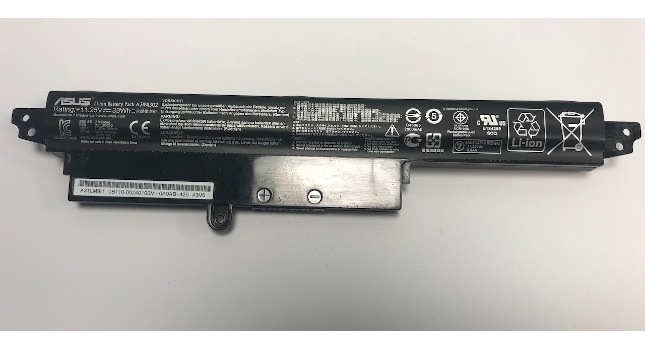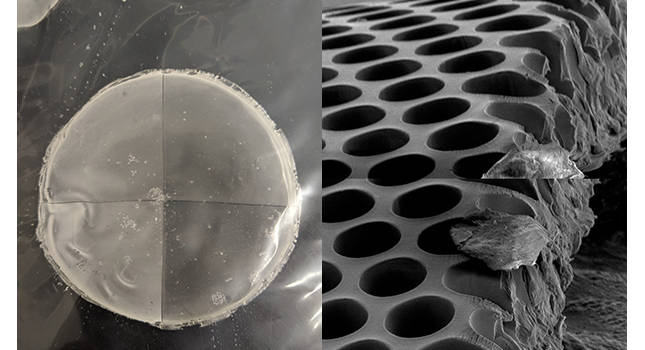After a rough decade, auto giants learn, change, and rebound

The automotive business is the lifeblood of Detroit and part of the foundation of the U.S. economy. A large part of manufacturing recovery depends on the re-emergence of Detroit as an automotive power and a manufacturing center. “The way back for Detroit” was the second session of the Manufacturing and Automation Summit, hosted by Plant Engineering and Control Engineering magazines, which took place on March 21-22 at the Hotel Sofitel in Chicago.
Leadership and maintenance themes continued during the session, which was presented jointly by representatives from General Motors and Ford Motor Company, and moderated by Mary T. Bunzel, worldwide industry leader for manufacturing, IBM. Dave Reiber is the global training lead for Maximo at GM and a member of IBM’s Advisory Council for Maximo development. Vishal Shah is the strategic portfolio specialist in manufacturing systems at Ford and is involved in IBM’s Maximo Manufacturing Users Group.
Reiber and Shah frequently alternated speaking about their common challenges and accomplishments. Although they work for competing auto companies, they have worked together on projects and have become friends. “We have common goals; we have common issues,” said Reiber. “We understand that the automotive business in Detroit directly impacts the economy in every way. As Ford goes, as GM goes, as Chrysler goes, Detroit goes.”
The health of the economy has a direct effect on the atmosphere in the Detroit area. “As consumer confidence wanes, the fear of spending resounds,” Reiber said. “Fear feeds on itself. We know that this negativity builds on itself. As consumer confidence diminishes, so goes the Detroit economy.”
At one time GM was the largest automaker. Less than three years ago, the company had around 360,000 employees; now there are around 202,000, according to Reiber. GM and its strategic partners produce cars and trucks for 30 countries.
“Last year, we had more than 200,000 employees,” said Shah. “We’re currently at approximately 164,000 employees in 70 plants worldwide.”
Changing attitudes
Attitudes have changed for both GM and Ford. “People have an attitude of being thankful to be working,” said Reiber. “Today, there is teamwork, there is focus. Everyone is pointed toward the goal. Everyone is focused on doing the right thing.”
“We’ve been through a lot—reduction of employees, increasing work loads,” said Shah. “People are working together and I can see positive attitudes. Everyone is very focused on doing the right thing. A lot of that for us is now people are asking questions. The ‘One Plan; One Goal’ tag line that we’ve been using internally drives a lot of good behaviors around asking questions and making sure we’re doing the right thing.”
“Our design team and our engineering team want our feedback,” Reiber said. “And we’re getting results. Employees are much more involved with the design engineering community. We actually have a team that takes calls from dealerships as well as consumers. We’re trying to listen, trying to dig in deeper and help folks. And I’ve seen it work.”
Feedback works for Ford as well. “We have a lot more cross-functional work teams,” said Shah. “Almost every team we work in has a representative from quality, manufacturing, and IT. We get perspectives from every environment as well as subject matter experts when we need to, to ensure that this feedback is being followed up.”
During 2008 and 2009, all three auto makers in Detroit saw their business continue to spiral downward, while stress and worry increased dramatically. “The employees felt helpless to affect their future,” said Reiber. “No matter how hard we worked, no matter how focused we got, we felt helpless. We watched good people leave the company and we were upset about it. We listened to public perception tear down the business. It was difficult to listen to. We were running hard and not seeing positive results.”
Shah said that workers wouldn’t take vacations for fear that they wouldn’t have a job when they returned. “Luckily, now it seems to be a more stable environment and things have turned positive,” he said.
Reiber asked, “What have we learned?"
Accountability
“The one word that stands out at General Motors now is ‘accountability.’ Nobody talked about accountability. We had our measurements and our metrics and we worked to those. But I never felt the true responsible accountability.
“Now, people are measuring accountability,” said Reiber. “Now when we throw some goals down, we don’t just throw simplistic goals down, we can throw some real goals down. We throw some stretch goals with them, and you become accountable to them.”
“In the theme of accountability for us, a lot of it was asking for help—and it’s OK to ask for help,” Shah said. “That was a big culture change for us.”
Maintenance is the third biggest cost burden of an organization, according to Reiber. “Maintenance owns the responsibility of being a service provider to manufacturing,” he said. “And my goal as a service provider is zero failure. Now there’s a stretch goal for you.”
Both GM and Ford use IBM’s Maximo to manage their maintenance organizations. “We capture the events,” Reiber said. “You can’t do strategic analysis on data you never gathered. For us it’s chronic or sporadic or catastrophic failure. If you can’t measure those separately, you don’t really have much.
“Chronic failure is the thing that kills you,” Reiber continued. “I need to know which piece of equipment is the one that chronically fails. I can’t do that without the data.
“This is very important. Capture the event, and get your people used to doing it, and then assign somebody to do the strategic analysis,” Reiber said.
“Maintenance processes have to be fixed,” said Shah. “You have to have good maintenance processes to drive good things such as data-driven results.”
Total Productive Maintenance has been around for 50 years. “It’s not new, it’s not new to GM—but were we really doing it?” Reiber asked. “Maybe not. We are now.”
Giving production a voice
The production person who is working with that equipment all the time has a real voice, participates in how the equipment runs, and participates in what is going to happen to it next,” Reiber continued. “If it’s a real critical operation, the skilled tradesperson and the production person would have a three-ring binder hanging on the wall about the three most critical issues in their area. Once a week, they discuss them and get measures.”
“Maintenance teams have an objective for uptime and equipment efficiency,” said Bunzel. “Production teams have a different kind of agenda for competing production plans and financial groups have their own personal agenda for measuring performance as well. Sometimes these are in conflict. How do you go about with helping with negotiation of the conflicts between major pillars within GM and Ford?”
“I believe in data; data is great,” Reiber responded. “It drives us to do the right things. It has really moved GM off the dime and moved us into the future.”
Shah said, “Our metrics are producing data-driven results.”
Talking points
- Ford and GM have emphasized teamwork not just within departments, but throughout the organization. "Today there is teamwork, there is focus. Everyone is pointed towards the goal. Everyone is focused on doing the right thing," said Dave Reiber of GM.
- Teamwork has been especially evident between design and engineering. "Employees are much more involved with the design engineering community," Reiber said. "We’re trying to listen, trying to dig in deeper and help folks. And I’ve seen it work."
- The other big change at both companies is accountability for errors and responsiveness to data. "A lot of it was asking for help–and it’s OK to ask for help," said Ford’s Vishal Shah. "That was a big culture change for us." Added Reiber: "Chronic failure is the thing that kills you. I need to know which piece of equipment is the one that chronically fails. I can’t do that without the data."
- Maintenance is a crucial area for both companies. "Maintenance processes have to be fixed," said Shah. "You have to have good maintenance processes to drive good things such as data-driven results."



